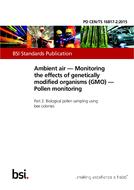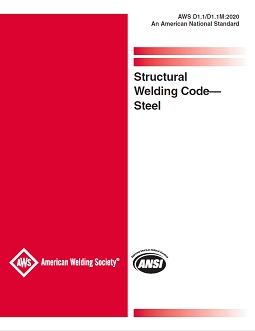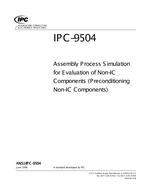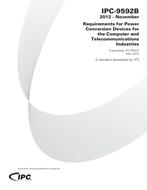
BS PD CEN/TS 16817-2 – Ambient air. Monitoring the effects of genetically modified organisms (GMO). Pollen monitoring. Biological pollen sampling using bee colonies
BS PD CEN/TS 16817-2:2015 describes a procedure through which pollen – in particular pollen ofgenetically modified organisms (GMO) – can be sampled by means of bee colonies.
Bee colonies, especially the foraging bees, actively roam an area and are therefore area relatedsamplers. Pollen sampling depends on the collection activity of the bees and the availability of pollensources within the spatial zone according to the bees’ preferences (supply of melliferous plants). Acolony of bees normally forages over an area of up to 5 km radius (median 1,6 km, mean 2,2 km), in rarecases some bees may also forage in greater distances up to 10 km and more [26].
Foragers fix the gathered pollen on the outside of their hind legs (pollen loads, also known as pollenpellets). Inside the hive they place these pollen loads into comb cells close to the brood nest (beebread). Furthermore, foragers gather nectar and honeydew. Nectar contains pollen which fell from theanthers of the blossom into the nectar drop, or pollen which was dispersed by the wind and sticks in thenectar of other blossoms or adheres to the sticky honeydew of plants. Nectar and honeydew areconverted to honey and stored by the bees in the beehive.
Honey, pollen load and bee-bread may be used as sample matrices for the subsequent analysis of pollenas it is possible to concentrate sufficient amounts of pollen for microscopic and molecular biologicaldiagnostics.
Microscopic analysis is used to identify the various pollen types and to quantify the exposure to thetarget pollen types in question. GMO exposure is analysed by molecular-biological methods: Foranalysis of pollen DNA quantitative PCR methods are used and described here in this TechnicalSpecification. The analysis of GMO specific proteins and toxins in pollen is possible, too, using ELISA, butto this date the method has not been evaluated enough in pollen matrices for standardization in thisTechnical Specification.
Cross References:
DIN 10760
CEN/TS 16817-1
ISO 5725-1
VDI 4330-1
VDI 4330-3
VDI 4330-4
2001/18/EC
2002/811/EC
All current amendments available at time of purchase are included with the purchase of this document.
Product Details
- Published:
- 10/31/2015
- ISBN(s):
- 9780580874628
- Number of Pages:
- 38
- File Size:
- 1 file , 1.9 MB
- Product Code(s):
- 30309978, 30309978, 30309978
- Note:
- This product is unavailable in Ukraine, Russia, Belarus



